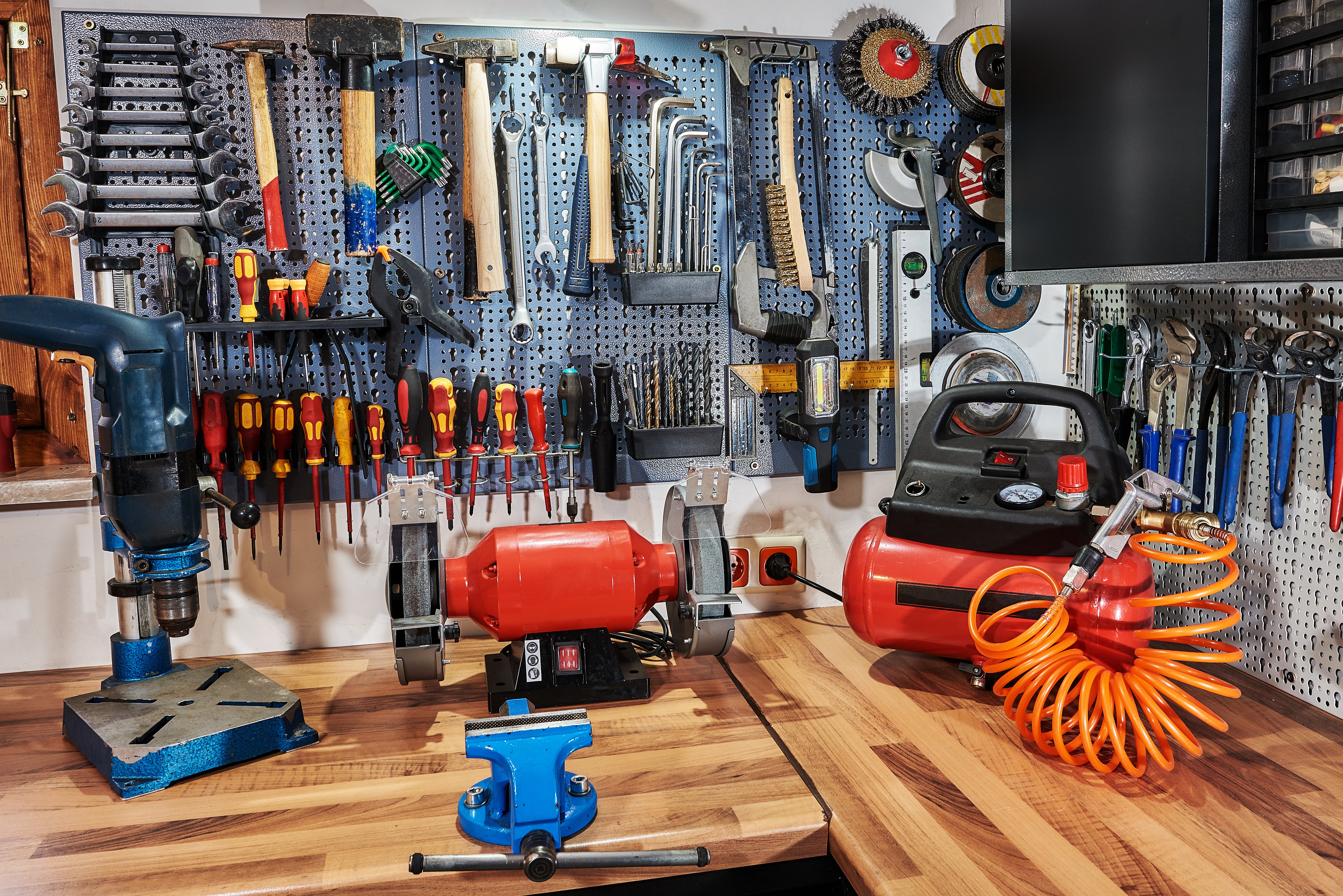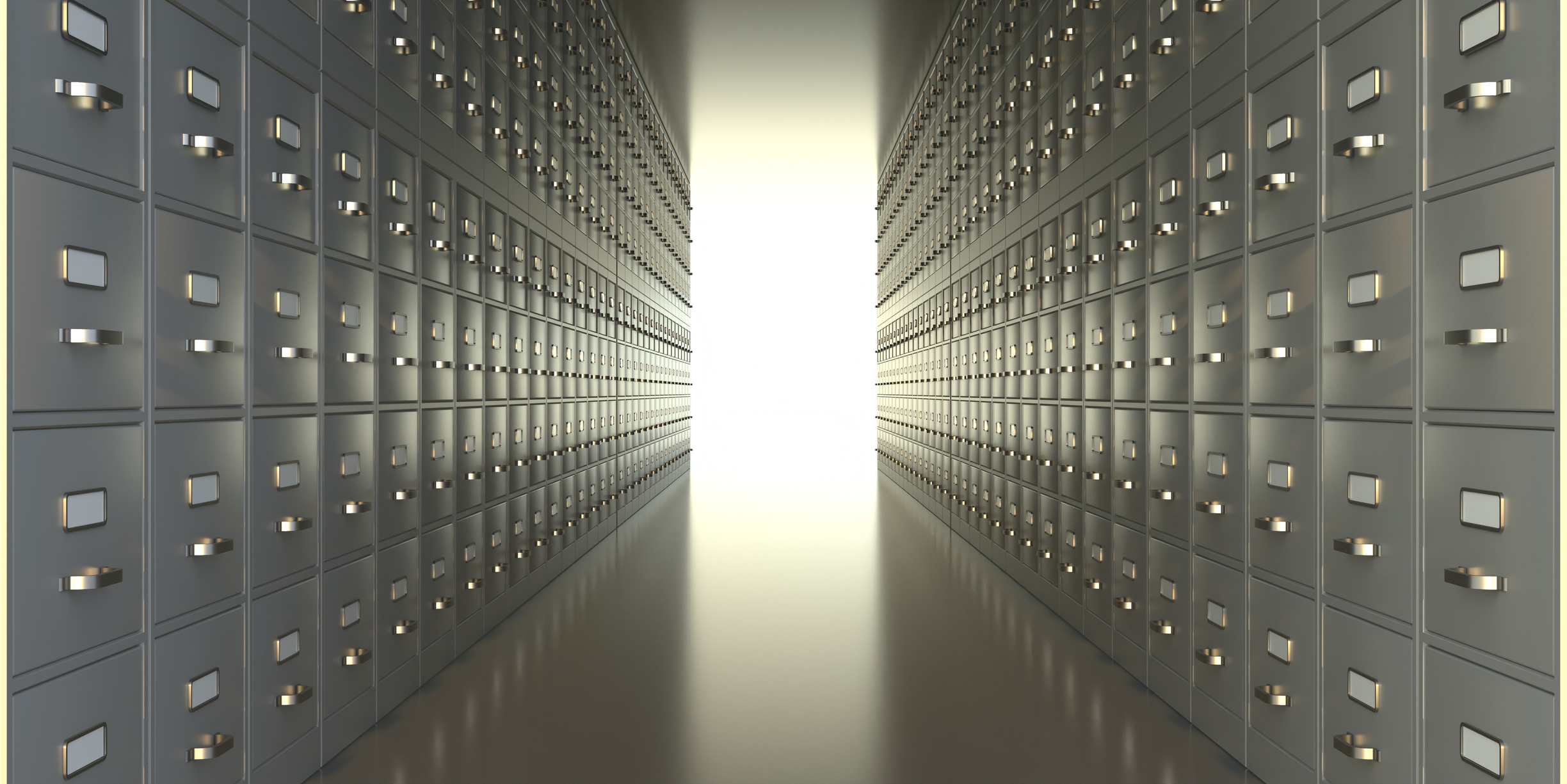Maintenance staff are vital to a housing agency's success. In addition to their daily tasks, they monitor properties to ensure safety and cleanliness, respond to work orders, and address residents' logistical needs.
An organized maintenance garage is essential for minimizing disruptions and enabling staff to meet these needs efficiently. Proper tool storage and inventory management are crucial for maintaining the garage's logistical priorities.
As a hub for all facilities-related activities—from landscaping and tree removal to boiler repairs and stove replacements—maintenance garages require clear protocols for properly storing and using tools and equipment. Continue reading to learn about the importance of established protocols and tips for developing best practices at your organization.
Ensuring garage safety and compliance
From a risk management perspective, maintenance garages require regular inspections, just like the rest of the property.
Structure: The garage's construction must be updated to protect the contents inside.
Roof and Covering: Along with the walls and foundation, the roof and covering must prevent moisture accumulation and be free of holes and rot.
If the garage structure has deficiencies, inclement weather, pests, or other issues can negatively impact the contents. Staff must safeguard these essential assets, account for their inventory, and ensure equipment is readily available. The following best practices are specific to maintenance storage garages, though similar inspection criteria apply to properties.
Fire safety protocols
According to the National Fire Prevention Association, 35,564 reported storage fires occurred from 2018 to 2022, resulting in 53 civilian deaths, 370 injuries, and $1.09 billion in property loss.
Ensure that your maintenance garage meets all fire code requirements based on its size and construction type and keep all storage clear of fire protection equipment to prevent fires.
- At a minimum, install an approved, inspected, and current fire extinguisher within a maintenance garage.
- If building codes require a sprinkler system, ensure that all sprinkler pipes are in areas that are heated during winter months to prevent pipes from freezing.
If fuel storage (gasoline, two-cycle mix, or others) is essential, always store the fluid in approved containers in fire-resistant cabinets and stay within code allowances.
- Gasoline power equipment, such as saws, generators, lawnmowers, and string trimmers, should be stored in a designated area with adequate ventilation.
- If vehicles are inside the garage, ensure they are mechanically sound and up to date with maintenance schedules.
Enhancing security measures
Maintenance garages are prone to break-ins and theft, especially when highly desired items, such as tools, equipment, vehicles, and supplies, are stored inside. Due to their high resale value, criminals target construction tools.
To protect your organization from theft:
- Ensure all doors and access points are always secured. Deadbolt locks on doors, if not already installed, can add a layer of security.
- Windows may need added security if at ground level.
- Prevent unwarranted access by using signage, added lighting, and security cameras.
- Signage can include language for "No Trespassing" or "Video Surveillance in use."
Effective inventory management
Keeping inventory in a maintenance garage is beneficial to adequately supporting facilities staff. With a running inventory list, you will understand the purchase date and age of all tools and equipment, what is currently on hand, and what may need to be rented or purchased for future projects.
Some tips:
- Always maintain an inventory list of items within the garage. Doing so can significantly assist if you need to file a claim.
- Account for all tools. Battery-operated tools and power equipment will have manufacturer-recommended maintenance schedules.
- Regularly inspect all tools (including small hand tools); if there is a deficiency, dispose of the tool according to manufacturer recommendations.
- Organize, inventory, and ensure accessibility to all maintenance parts. Use a QR code system or application to track and scan inventory, including extra appliances or mechanicals a unit may need.
- If lumber and other building materials are stored, ensure that the storage area has acceptable humidity levels to prevent damage or rot to the materials.
Bottom line: Prioritizing maintenance garage inspections
Regardless of the maintenance garage size, regular inspections should be part of a property's maintenance schedule. The structure and contents should be the primary focus during these inspections. Staff should keep documentation on file to verify when inspections occurred, the garage's condition, and the amount of inventory within the space. For further questions or resources, please contact your risk control consultant.
This article is for general information only. HAI Group makes no representation or warranty about the accuracy or applicability of this information for any particular use or circumstance. Your use of this information is at your own discretion and risk. HAI Group and any author or contributor identified herein assume no responsibility for your use of this information. You should consult with your attorney or subject matter advisor before adopting any risk management strategy or policy.






